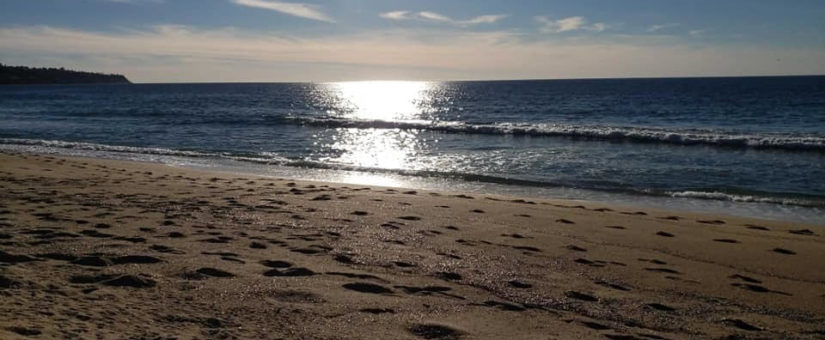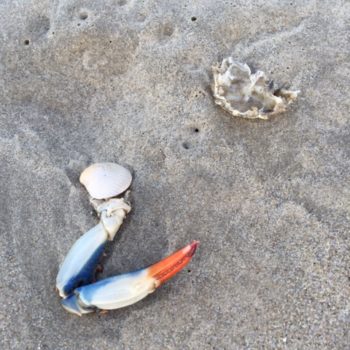
Activity and Learning: How Do we Achieve Both for our Stay-at-Home Children?
In a recent issue of Time (March 30, 2020) Susie Allison offers some advice about how to keep our kids busy. We offer a summary of her recommendations, as well as several of the reflections made by members of our Task Force.
Establishing a Routine
First, according to Allison, we should establish a routine of our children doing schoolwork. We agree with this recommendation and her suggestion that the day be broken into short chunks (much as is done at school). However, the size of the chunk depends on the age of the child. Bigger chunks work for older children – especially if they are teenagers.
 You might make one major change. We know from research on sleep cycles that many children (including adolescents) have a sleep cycle (circadian rhythm) that favors later bedtime and later wake up time. The desire of a child to sleep a little later in the morning is the real thing and is totally justified. Early school days are established for the sake of the adults, not the kids. Therefore, you might wish to start the at-home “school day” a little later in the morning and suggest some evening activities that relate to school and ongoing education.
You might make one major change. We know from research on sleep cycles that many children (including adolescents) have a sleep cycle (circadian rhythm) that favors later bedtime and later wake up time. The desire of a child to sleep a little later in the morning is the real thing and is totally justified. Early school days are established for the sake of the adults, not the kids. Therefore, you might wish to start the at-home “school day” a little later in the morning and suggest some evening activities that relate to school and ongoing education.
Time for Play
We also suggest that the school related activities be intermixed with time for play (younger children), exercise (preferably out of doors) (for all children), and some activities that might not seem like “school” but are filled with new learning. Allison does suggest this same intermixing of diverse activities in her Time article—though she is focusing on the younger children. What are the kind of activities that blend play and learning? Perhaps work on a puzzle that is a picture of some work of art. While working on the puzzle with your child (a nice collaborative effort) there might be some researching (on the Internet) regarding this work of art and artist. Instead, the puzzle can be a map (geography lesson?) or historical scene (history lesson?).
Another “plork” (play and work) activity could be the viewing of an historical movie by both you and your (older) child – followed by discussion and perhaps a bit of Internet research. Here is a third suggestion: go to a park, wilderness area, beach or river bank and set up a friendly competition with your child (and perhaps your spouse) to see who can discover the most birds of different species or greatest number of sea shells of different kinds. How about the first to discover a frog or a chipmunk? A natural scavenger hunt followed by some conversation and Internet research—resulting in a bit of learning about biology and the environment.
- Posted by Bill Bergquist
- On March 30, 2020
- 0 Comment


Leave Reply